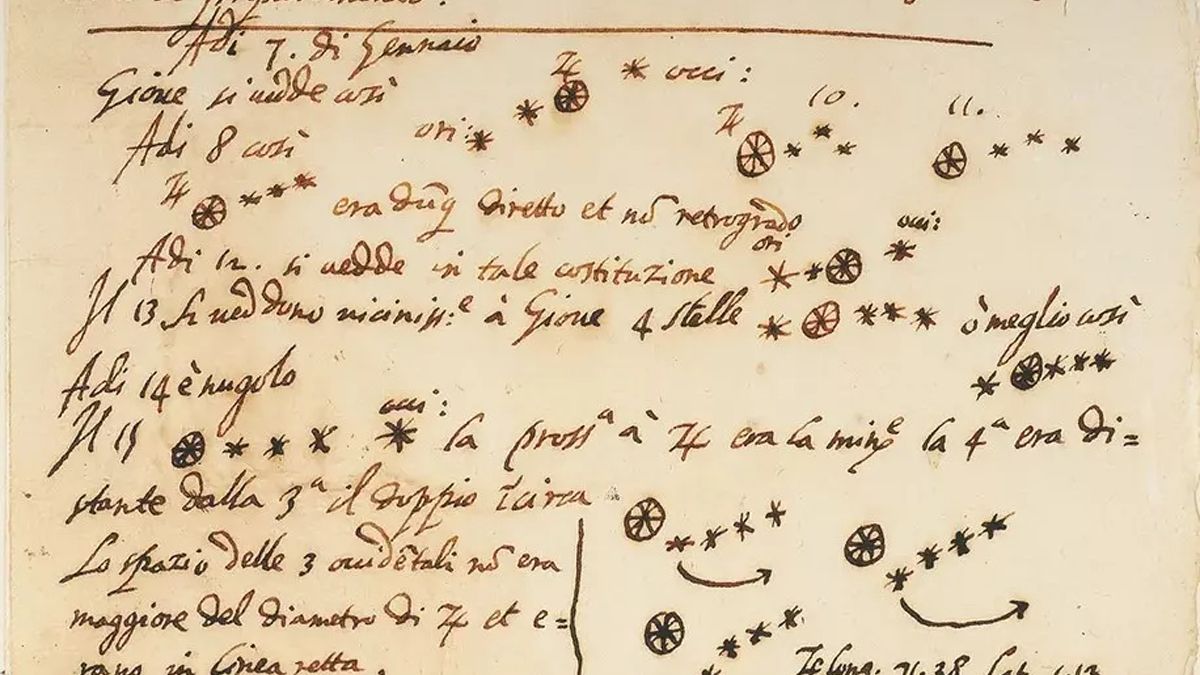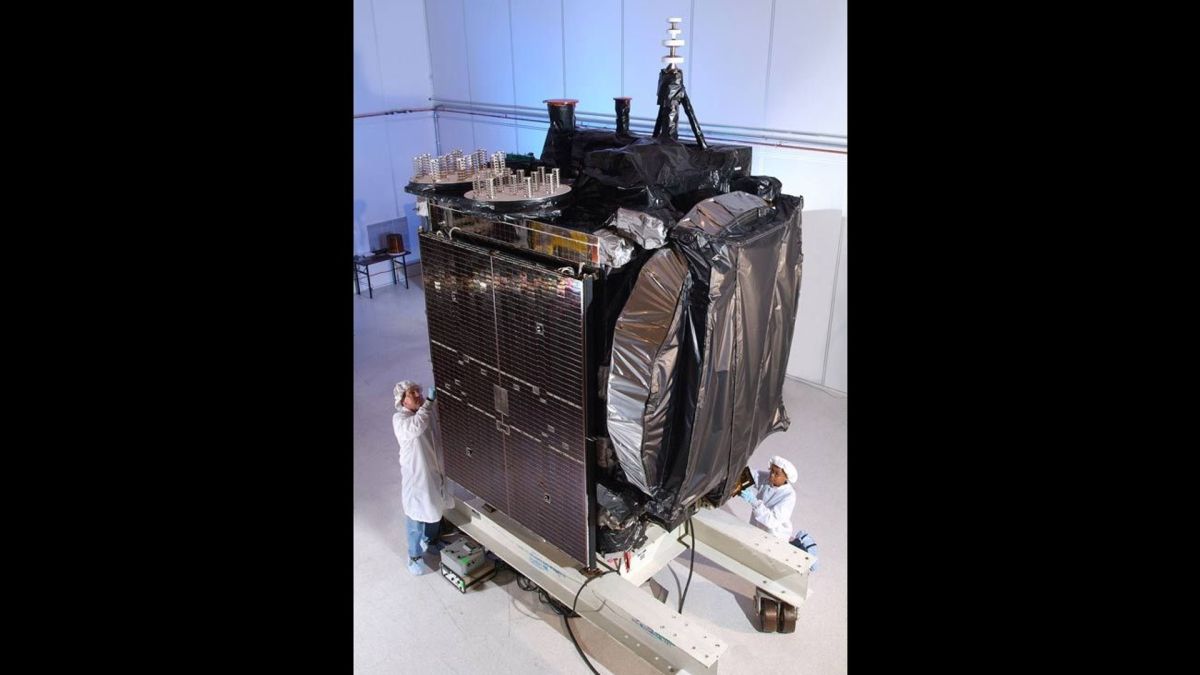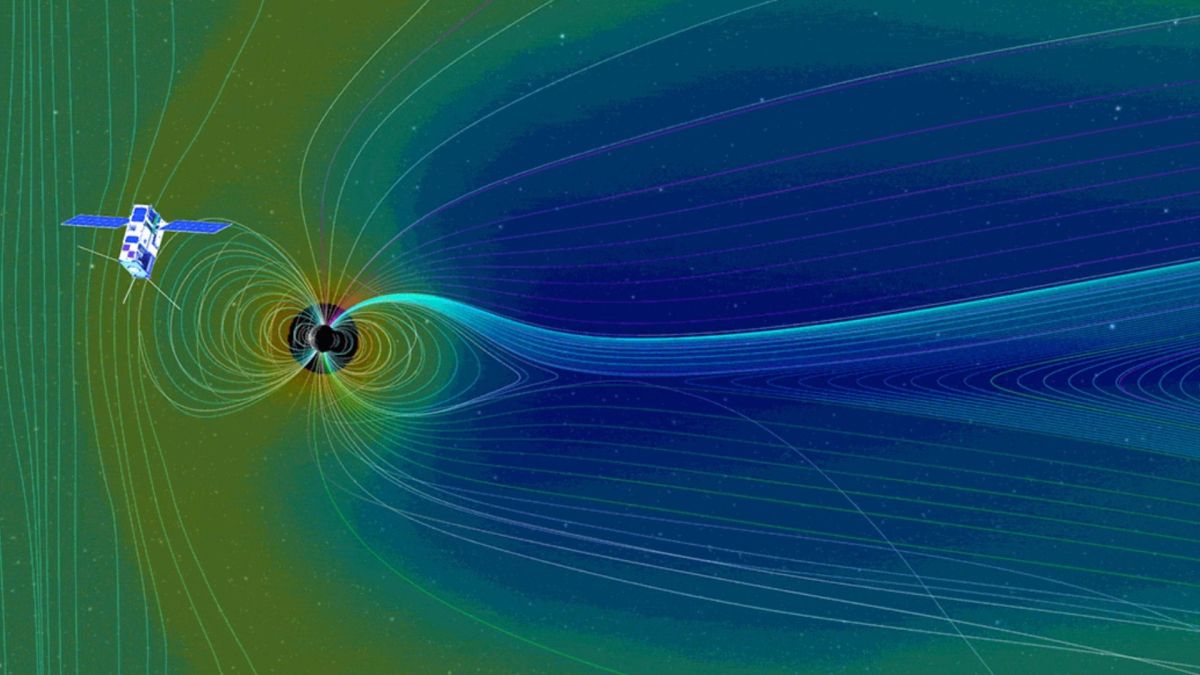NASA and Rice University in Houston will host multiple events in September to celebrate the 60th anniversary of John F. Kennedy’s historic speech at Rice Stadium, rallying the nation to land astronauts on the Moon before the end of the decade and bring the crew safely back to Earth.
Read MoreMonth: August 2022
Artemis 1 cubesats: The 10 tiny satellites hitching a NASA ride to the moon
As part of the Artemis 1 mission, set to launch on Aug. 29, 2022, the Space Launch System (SLS) — the most powerful rocket ever built — is about to catapult the Orion spacecraft further into space than any human-built vehicle intended to carry astronauts has ventured before. The mission will serve as a test before future Artemis missions send humans to the moon and beyond, in the process delivering milestones like the first woman and person of color to walk on the lunar surface, and the first human to…
Read MoreDocument supposedly written by Galileo is a fake
A handwritten document thought to have been penned by Galileo Galilei is actually a forgery, the University of Michigan has announced. The single piece of paper was a jewel of the collection of the University of Michigan Library, according to a statement (opens in new tab) from the library. But an internal investigation by a professor of history has found that it’s a fake: Watermarks in the paper date back to no earlier than the 18th century, over a hundred years after the death of the famed astronomer. “It was…
Read MoreThree Companies to Help NASA Advance Solar Array Technology for Moon
NASA has selected three companies to further advance work on deployable solar array systems that will help power the agency’s human and robotic exploration of the Moon under Artemis.
Read MoreIntense solar storms leave Intelsat’s Galaxy 15 satellite out of control: report
International satellite services firm Intelsat has lost control of one of its satellites after it was presumably disabled by space weather. Intelsat is attempting to regain control of the Galaxy 15 broadcast satellite after a disruption on Friday (Aug. 19). Intelsat said that a geomagnetic storm likely “knocked out onboard electronics needed to communicate with the satellite,” according to a report from Spacenews.com (opens in new tab). “The satellite is otherwise operating nominally, keeping Earth pointing with all payload operations nominal,” Intelsat spokesperson Melissa Longo said in the report. Longo…
Read MoreLa NASA invita a la prensa a la primera prueba de defensa planetaria
La misión Prueba de redireccionamiento del asteroide doble (DART, por sus siglas en inglés) de la NASA, la primera en el mundo que pone a prueba una tecnología para defender a la Tierra de posibles peligros de asteroides o cometas, impactará con su objetivo, un asteroide que no supone ninguna amenaza para la Tierra, a las 7:14 pm EDT del lunes 26 d
Read MoreNASA Invites Media to Witness World’s First Planetary Defense Test
NASA’s Double Asteroid Redirection Test (DART), the world’s first mission to test technology for defending Earth against potential asteroid or comet hazards, will impact its target asteroid—which poses no threat to Earth—at 7:14 p.m. EDT on Monday, Sept. 26.
Read MoreThe Historic X-1E Looks Forward
The supersonic X-1E research aircraft was the last of NASA’s experimental X-1 series of aircraft.
Read MoreJupiter’s auroras look radiant in new James Webb Space Telescope images
The James Webb Space Telescope has only been operating for several weeks, but it’s already impressed with its early observations. The newest release from the James Webb Space Telescope team is a pair of highly detailed images of Jupiter that show its auroras around the poles. Both images are composites, meaning they combine multiple images taken with the telescope’s Near Infrared Camera (NIRCam) — each using a different filter — into a single, high-definition image. In the wide-field image, you can see Jupiter’s faint rings, as well as two of…
Read MoreArtemis 1 will carry a space weather cubesat to study solar wind
NASA’s upcoming Artemis 1 mission may be focused on the moon, but at least one of its payloads will turn its focus instead to the sun. Hitching a ride on NASA’s Artemis 1 is a CubeSat weather station destined to orbit the sun in interplanetary space. The CubeSat to study Solar Particles (CuSP) is a six-unit (6U) cubesat designed by the Southwest Research Institute (SWRI) in San Antonio that will study the onslaught of solar radiation headed for Earth, otherwise known as solar wind. The sun continually ejects energized particles…
Read More

